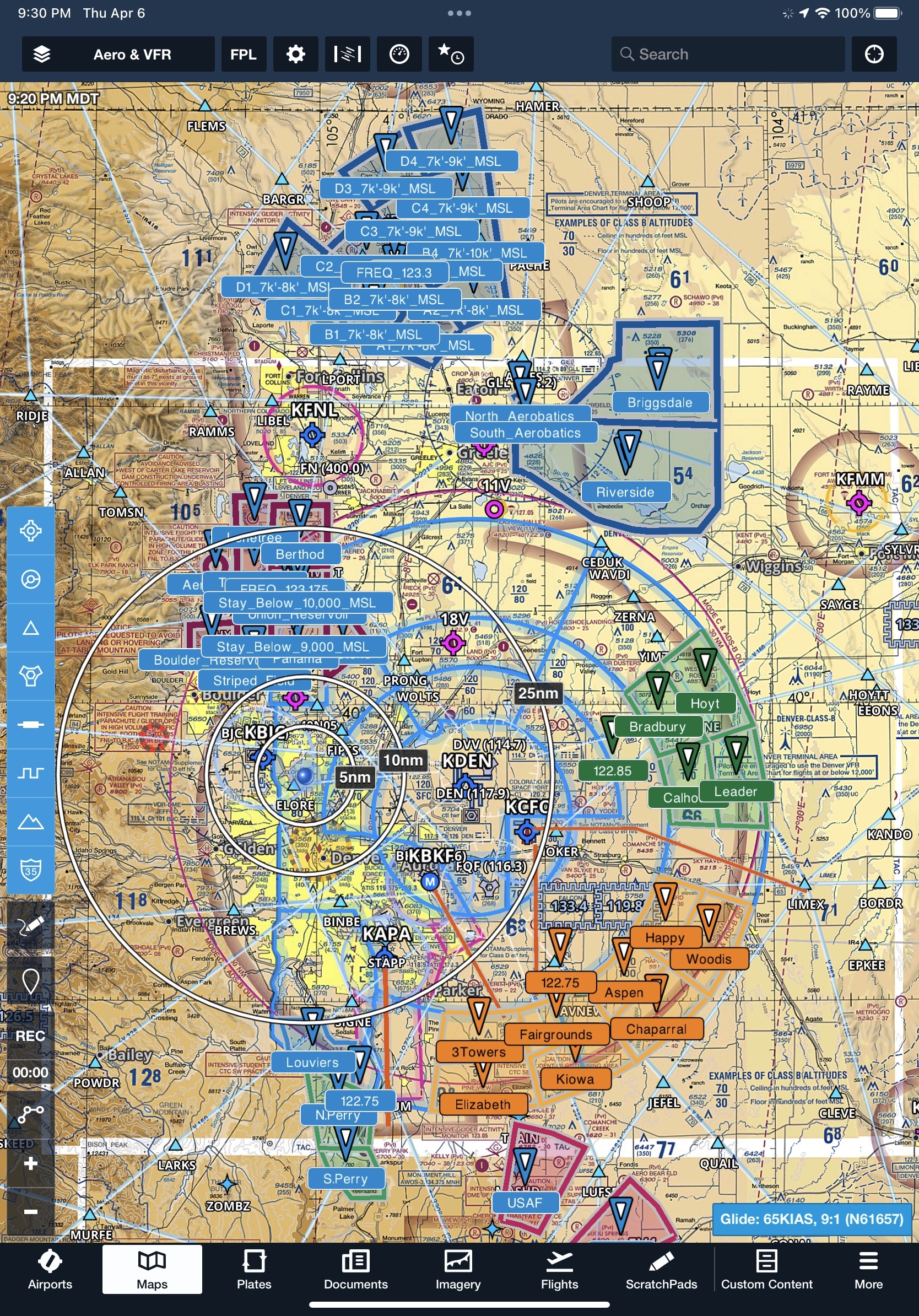RussR
En-Route
It seems to me that a whole lot more flight schools are using "callsigns" on the radio now than there used to be. I'd say it's in the last few years, but that also coincides with me getting a new job where I end up at a LOT more smaller airports, so perhaps I'm just seeing it more.
Formerly, callsigns were mostly used by the airlines or the military. I flew into IXD a few months ago, and there was a "Pit Boss 21" in the pattern. Now, what's Pit Boss? I incorrectly assumed it was an ANG F-16 or something like that. Nope, typical trainer from a flight school, "Pit Boss" being chosen for Kansas City's love of BBQ Pits.
And of course there's the thousands of "Career Track 123" for ATP Flight School, and many, many others. We've had "Crimson" and "OState" around here for a long time, but it just seems like there are so many more recently.
I would opine that not having any indication of aircraft type in the radio calls is a safety issue. "Cessna 123" at least tells you something. "Bandido 123" could be anything from a 152 to a C-5.
Was there a recent policy change on this (applying for a school callsign), or has it always been this bad and I just haven't seen it due to the type of places I was flying?
Formerly, callsigns were mostly used by the airlines or the military. I flew into IXD a few months ago, and there was a "Pit Boss 21" in the pattern. Now, what's Pit Boss? I incorrectly assumed it was an ANG F-16 or something like that. Nope, typical trainer from a flight school, "Pit Boss" being chosen for Kansas City's love of BBQ Pits.
And of course there's the thousands of "Career Track 123" for ATP Flight School, and many, many others. We've had "Crimson" and "OState" around here for a long time, but it just seems like there are so many more recently.
I would opine that not having any indication of aircraft type in the radio calls is a safety issue. "Cessna 123" at least tells you something. "Bandido 123" could be anything from a 152 to a C-5.
Was there a recent policy change on this (applying for a school callsign), or has it always been this bad and I just haven't seen it due to the type of places I was flying?



